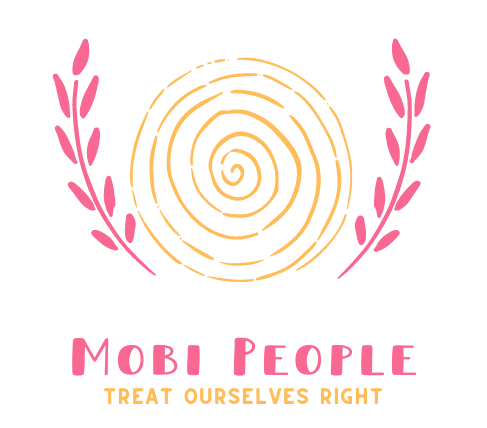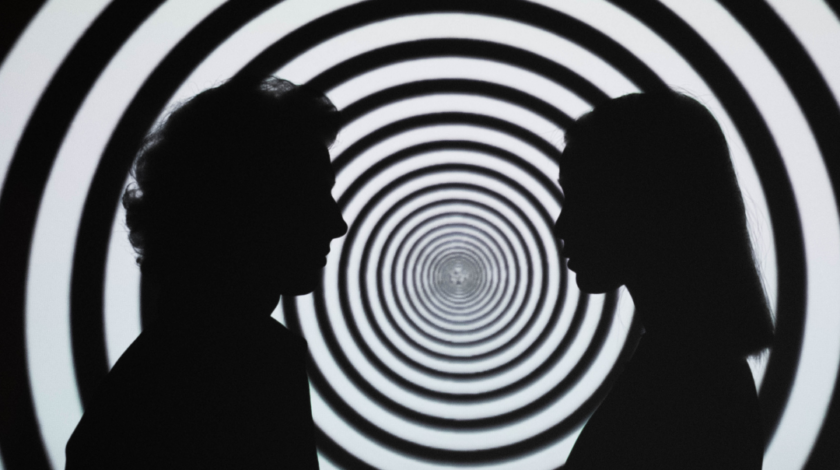Have you ever experienced a moment when reality seems to slip away from your grasp? A time where what you see, hear, or feel doesn’t quite match up with the world around you? If so, then chances are, you’ve had a hallucination. But before you start freaking out and calling the nearest exorcist, rest assured that hallucinations aren’t always indicative of mental illness or demonic possession. In this blog post, we’ll explore the different types of hallucinations and discuss how they arise in our brains.
Types of Hallucinations
A hallucination is a perceptual experience that occurs without an external stimulus. Hallucinations can occur in any of the five senses, but are most commonly associated with visual and auditory experiences. There are several different types of hallucinations, each with its own characteristics.
Visual Hallucinations
Visual hallucinations are the most common type of hallucinations. Most people with visual hallucinations see things that are not actually there. For example, they may see people who are not really there, or they may see objects that are not really there.
In some cases, people with visual hallucinations may see things that are there, but they may see them in a different way than they actually are. For example, someone with a visual hallucination may see a person as being much larger or smaller than they actually are.
Visual hallucinations can be very realistic and lifelike. They may be in color or black and white. They may be still or moving. People with visual hallucinations often report that the images are very clear and vivid.
People with visual hallucinations may find them distressing or frightening. In some cases, they may try to avoid places where they have had previous visual hallucinations.
Auditory Hallucinations
Most people with auditory hallucinations hear voices that no one else can hear. The voices may be saying things that are threatening or derogatory, or they may be having a conversation. In some cases, people with auditory hallucinations may hear music or other sounds.
Auditory hallucinations can be very distressing and can interfere with a person’s ability to function in daily life. If you or someone you know is experiencing auditory hallucinations, it’s important to seek professional help.
Tactile Hallucinations
Tactile hallucinations are when you feel sensations on your skin that aren’t really there. You might feel like something is crawling on you, or like you’re being pinched or stabbed. These kinds of hallucinations can be very disturbing and can make you feel like you’re losing touch with reality.
Olfactory and Gustatory Hallucinations
Olfactory and gustatory hallucinations are two of the most common types of hallucinations. Olfactory hallucinations are when you smell something that isn’t really there. Gustatory hallucinations are when you taste something that isn’t really there.
What Causes Hallucinations?
There are many different causes of hallucinations, which can often be difficult to determine. Some of them can include mental illness, sleep deprivation, use of certain drugs, and brain injury.
Mental illness is one of the most common causes of hallucinations. These mental illnesses or disorders can include schizophrenia, bipolar disorder, and depression. Additionally, sleep deprivation can also be a common trigger for hallucinations. When we are sleep deprived, our brains are not able to function properly, leading to imaging things that may not be real.
Certain drugs like LSD, MDMA (ecstasy), and ketamine are also known to cause hallucinations. For those struggling with such substance-induced hallucinations, seeking help from professionals from a Birmingham Rehab Clinic, or elsewhere, can be important. They can offer treatments and programs that can assist an individual in overcoming drug dependency and managing symptoms of hallucination.
In case of a brain injury, an individual can also encounter such symptoms. It can result in a person to seeing or hearing things that are not really there.
Impact of Hallucination on Daily Life
When someone experiences a hallucination, it can have a significant impact on their daily life. The person may feel like they are living in a dream or they may see things that are not really there. Hallucinations can be very frightening and can cause the person to withdraw from normal activities. That’s why it’s essential to identify the underlying cause and pursue the appropriate treatment. For instance, if hallucinations are triggered by substance use, exploring outpatient substance abuse treatment could be beneficial. On the other hand, if they stem from a mental health condition, consulting with a psychiatrist would be a more suitable path to recovery.
How to Cope with or Manage a Hallucination?
If you are experiencing a hallucination, it can be helpful to try and ground yourself in reality. Try to focus on your senses and what you can see, touch, smell, and hear around you. Identify three things in the room with you or three objects you can touch. If you are outdoors, identify four things you can see and four things you can touch. Focusing on your surroundings can help snap you out of a hallucination.
It is also important to manage stress and anxiety levels, as these can trigger or worsen hallucinations. Get plenty of rest, exercise regularly, eat a healthy diet, and avoid drugs and alcohol. If stress and anxiety are well-managed, hallucinations should become less frequent.
If hallucinations are impacting your daily life or causing distress, it is important to seek professional help. A therapist can help address the underlying causes of hallucinations and provide coping and management strategies.


